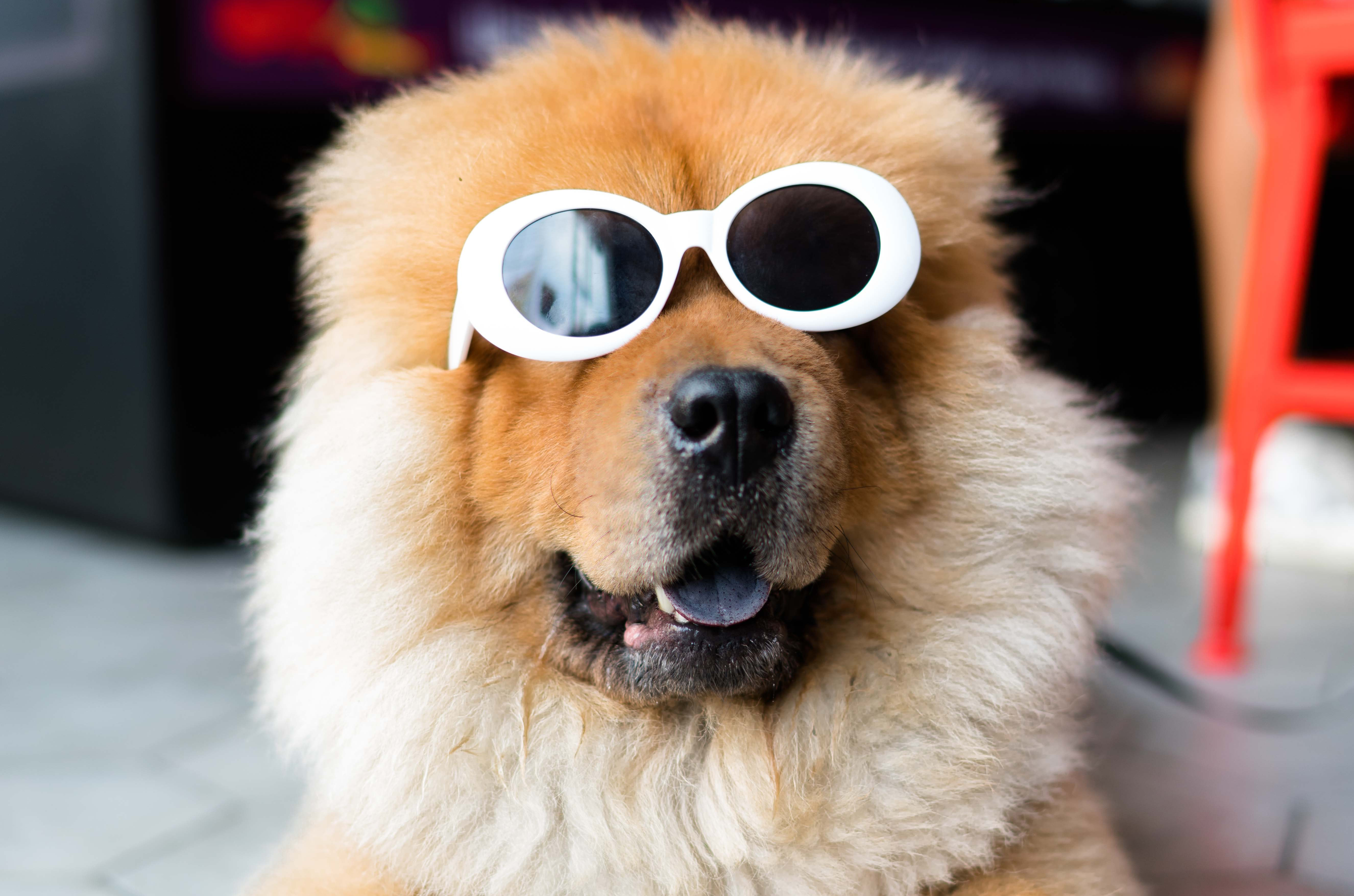Research tells us that we form an opinion of someone we meet for the first time in around three seconds. What they are wearing, their hairstyle, their tone of their voice, even their name, will contribute to your snap decision on what you think of them. The first impression is also a lasting one too. Experts discovered that a second experience that differs from the first impression is stored in our minds within the context of that particular moment, whereas first impressions will dominate in other contexts – lending some truth to the saying ‘first impressions last’
Author Malcolm Gladwell, in his book Blink, talks about how we make instinctive snap decisions – how we seemingly know something without knowing why. If you’ve not read his book, it’s a fascinating read with insights into how our minds influence our decision making.
This first impression is governed by a multitude of factors, all formed from our learned experience. For example, when choosing a name for a child, there will be a name you instantly discount. Why? It’s the same name of someone who annoyed you at school. Or imagine you arrive at hospital for an operation. You are greeted by the doctor who will conduct your surgery and they are wearing jeans and a T-shirt. You immediately become anxious and doubt that the person in front of you is actually a doctor.
Great expectations
As brand builders, customer expectations are important to understand, in order to present your brand considering expectations and pre-judgments – a phenomenon scientific researcher Louis Cheskin called ‘sensation transference’. In the 60s, Louis Cheskin became famous for helping brands overcome slow or declining sales through investigations into people’s perceptions of their product or service. He observed that people’s perceptions of a product or service was directly related to their aesthetic design. He called this phenomenon ‘sensation transference’. One key example of his theory was helping Jelke Good Luck margarine overcome poor sales. Cheskin discovered that is was in fact the colour of the product, a very pale yellow, almost white, that was having a negative effect in the minds of potential customers. Even though margarine was a different product to its predecessor, butter, people still expected it to be the same colour of butter. A simple change in colour dramatically improved the product’s sales.
Customers cannot separate the product or service with the way it is presented to them. The colour used, the typeface, the style of photography, they all become fused with the product of service, with each aesthetic component bringing with it a set of pre-programmed associations.
This theory creates a conundrum for brand builders. How can we fit in whilst at the same time stand out? How can my brand provide enough visual cues to comply with our customers perceptions of what they expect, whilst separating my brand from the competition? The answer is not a simple one. It is a careful balance of all the components that make up your brand. If you choose to fit in by using the most agreeable colour, then you can use the way you talk to stand out in the competition. It is the unique combination of all your visual and verbal characteristics that makes your brand one of a kind.



